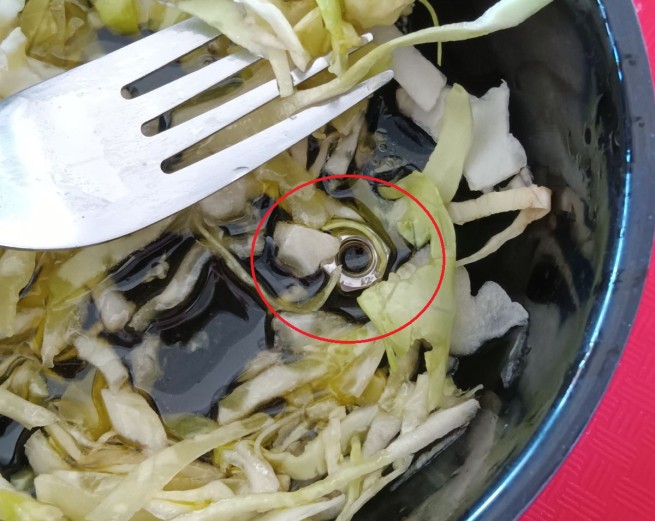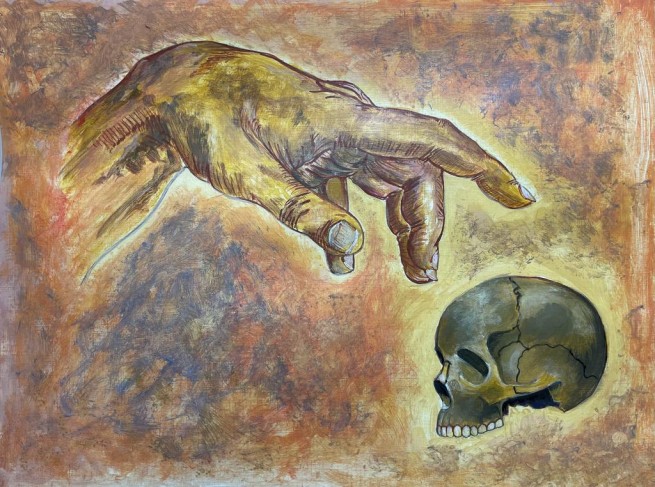To understand the intentions and mood of the dog, it is enough to be able to decipher the sounds it makes and the body movements it makes.
In this, as he writes BB.LV, dogs are like people – we, too, express our emotions not only with sounds, but also with movements. Moreover, sometimes the gestures of people at the same time are similar to those of a dog (or vice versa?), but they can mean completely different things. Experts talk about the most common expressions of feelings and moods in dogs.
head movements
The head slightly tilted to one side and the gaze turned to the owner just says: “I’m all attention.” As a rule, your dog is trying to better understand what you are asking him or what you are talking about. Attention, curiosity, trust, the desire to understand, love for the adored owner – all this is expressed by her head tilted to one side and a devoted intelligent look.
Ear position
Ears pressed to the head and turned back, alas, are a sign of fear, but the absence of aggression.
Straight ears raised up indicate that the dog is listening – a signal of maximum attention.
And the most pleasant position of the dog’s ears is that they are turned back, while the pet’s eyes are slightly closed. This is evidence of the relaxation and pleasure of the animal, most often after a gentle stroke by the owner or other caress shown by him.
3. Diarrhea
Bringing various items to the owner is not an innate habit. It is rather the result of living together and the desire to please your human friend. Diarrhea is a thing that a trained dog carries in its teeth. Sometimes it’s just a game, and sometimes it’s the enjoyment of communication, the desire to get the owner’s approval and attention, a bit of affection. The dog does this with great pleasure, because often in return, in addition to voice encouragement, he also receives a treat.
4. Why the dog digs a hole
There are several reasons why a pet diligently digs a hole on the beach or in the garden. And almost all of them are at the subconscious level. Sometimes the instinct wakes up to make a lair for itself, sometimes – to hide away, “for later”, an edible piece, and it happens that this is a hunting instinct – the dog wants to get to the animal living underground.
5. The tail is the main “developer” of emotions
Each movement of the tail can express completely different emotions – joy, fear, friendliness, concern. Seeing the leash in the hands of the owner, the dog happily wags its tail, accompanying this movement with a ringing bark. A slightly different, but no less joyful wagging of the tail is caused by a bowl of favorite food. On the other hand, an outside dog that irritates your pet will only cause his tail to wag before moving on to more active actions.







More Stories
Low wages and inflation "drown" Greek youth
Greece becomes a 'safe haven' for German pensioners
Bark Air: New airline specializing in pet transportation launches in May